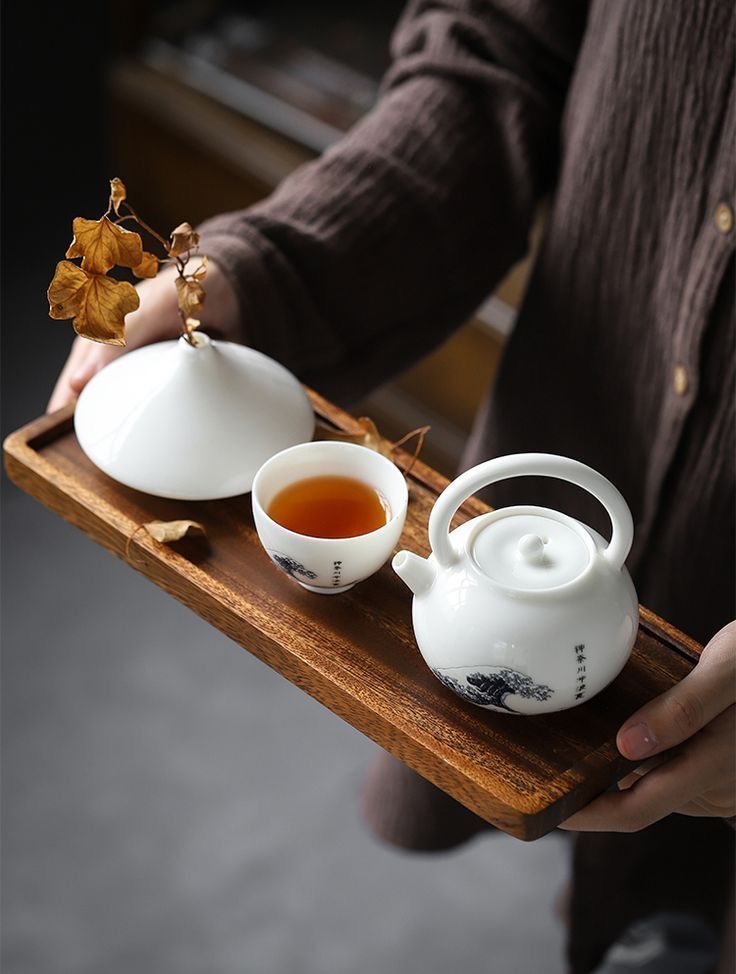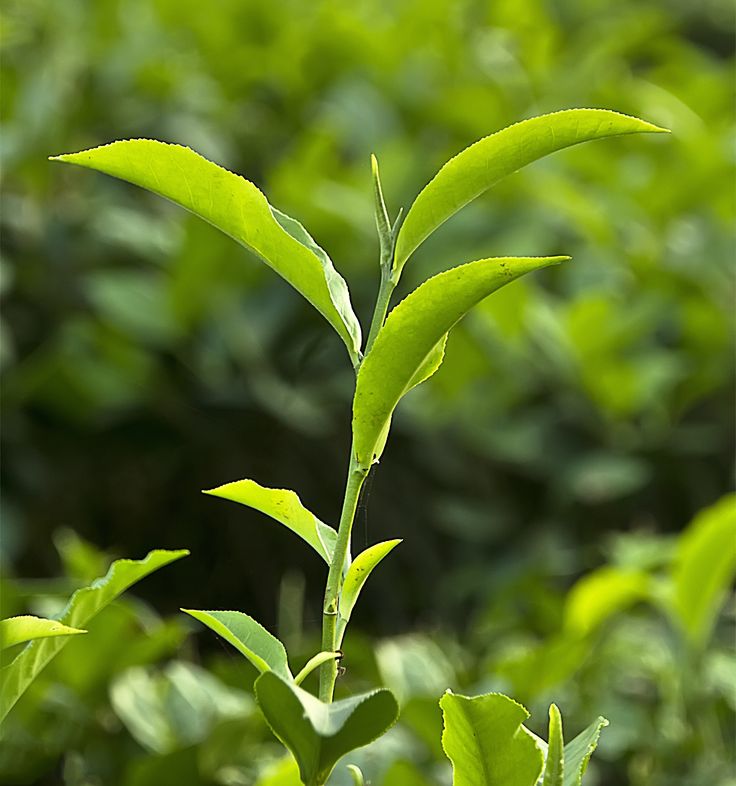Why does a cup of tea have a pleasant aroma? Where did the cultivation of tea trees in China originate? Many scientific puzzles about the tea tree have yet to be solved.
As the world's earliest use of tea and the largest tea-producing country, China's tea field researchers feel a great responsibility and urgently want to explore the genomic secrets of the tea tree.
Recently, Anhui Agricultural University, the State Key Laboratory of Tea Tree Biology and Resource Utilization, Professor Wan Xiaochun and Wei Zhaolei's research team found the answer, they obtained the tea tree chromosome-level high-quality reference genome and revealed the evolutionary mechanism of cultivated tea tree adaptation. The related research results were published online in Molecular Plant. This will vigorously promote basic research on tea tree biology.
A Long History of Tea Planting, Gene Sequencing Strives to Be First
China is the origin of the tea tree, the richest country in the world in terms of tea germplasm resources, and a major producer and consumer of tea. At present, China's tea planting area and tea production rank first in the world. As the world's earliest tea planting, tea production, tea drinking country, China's artificial cultivation of tea trees has a history of more than 3,000 years.
However, due to the many important genes in the tea tree and their location information is poorly known, greatly limiting the basic and applied research in tea science.
“If we don't do genomic research on tea and let foreign researchers take the lead, it would be a pity for a country with a long history of tea cultivation.” Wan Xiaochun said in an interview with China Science Daily.
In order to “fight for their breath”, they launched the tea tree genome research work 12 years ago. However, due to the limitations of sequencing technology at that time, the progress of related work is slow.
They started a long scientific research run with the national tea variety Shu Cha Chao (belonging to the Chinese species) as the sequencing material. Since tea is a self-incompatible plant, the genome is large and has a high content of heterozygous and repetitive sequences, posing great difficulties for gene sequencing and assembly.
In April 2018, the team published in the Proceedings of the National Academy of Sciences of the United States of America the first version of a high-quality sketch of the Schocha early tea tree genome covering 93% of the genome region obtained based on second- and third-generation sequencing technologies.
However, because the tea tree genome is very complex and large, with many repetitive sequences, the quality of the first version of the assembly leaves much to be desired. For this reason, in the context of the rapid development of sequencing technology and the level of genome assembly, to provide a high-quality version of the tea tree genome to the tea academia and industry in the world, they started a new journey.
“Based on the Shu Cha early genome sketch, utilizing single-molecule sequencing (PacBio) and chromosome conformation capture (Hi-C) technologies, we finally obtained a more accurate chromosome-level high-quality reference genome sequence of tea tree. In particular, more complete and accurate long terminal repeat sequence retrotransposon sequences (LTRs) were annotated.” Wei Chaoling told Science China Daily.
The accuracy and completeness of the genome assembly were greatly improved compared to the previously reported sketch of the tea tree genome.
Subsequently, the team found that the high content of repetitive sequences is not only the main reason for the large size of the tea tree genome but also allows for an increase in the average length of the genes and the differentiation of the functions of some of the repetitive genes through intron insertion. The heterozygous region of the tea tree genome accounts for 18.8% of the whole genome, which contains 3,440 protein-coding genes, which are mainly involved in biological processes such as nitrogen compound transporter activity, histone modification, and hormone synthesis processes.
Solving the Mystery of Flavor: Exploring the Past Life of Tea
Currently, nearly 60 countries around the world grow tea, more than 150 countries and regions on five continents drink and consume tea, more than 2 billion people love to drink tea, and people are fascinated by the flavor and aroma of tea.
So, what determines the unique flavor and aroma of tea?
“It is the secondary metabolites, such as polyphenolic compounds, theanine, caffeine, and volatile compounds, that determine the flavor and aroma of tea, and this is what we focus on the most. Utilizing and drinking tea as well as the health functions of tea rely mainly on secondary metabolites. And the accumulation of tea polyphenols in the tea plant is very high, in different varieties, tea polyphenols account for about 20% to 40% of the dry weight of tea leaves.” Wan Xiaochun introduced.
The reason why the content of such compounds is so high is “through the precise assembly of genes, we found that it is the terpene synthase genes through the recent tandem duplication makes the copy number of these key genes increased significantly, and is distributed in clusters on different chromosomes, for the explanation of the tea leaves contain rich aroma substances provide important clues.” Moreover, terpene synthase genes have also been linked to tea tree resistance, said Wei Chaoling.
In addition, about the past life of a species, botanists always want to explore clearly. For them, it is very interesting to study the evolution of many key genes, such as where these genes come from, whether there is any penetration of genes with other species, whether they will affect each other, and so on.
“We deeply sequenced 81 tea tree samples at home and abroad, constructed the first genomic variation map of representative cultivated and wild type tea trees, and found that the selected samples were categorized into Assam type, Chinese species type, and wild type.” Wan Xiaochun introduced.
The team also analyzed the evolution and origin of tea tree cultivars through comparative genomic analysis and found that the “ancestral” species of tea tree diverged from the most closely related kiwi species about 64 million years ago, and then diverged into the Assamese and Chinese species about 4.39 million years ago.
Not only that, the results of the genetic diversity study of tea trees from different regions of China support the theory that the southwestern region of China is the origin of cultivated tea trees in China. They also identified several artificially domesticated genes that were strongly selected during the selection and improvement of tea tree varieties. Selection of varieties with better quality traits
Recent findings from whole genome projects in humans, animals, and plants have demonstrated that whole genome sequence resolution of a species is the most effective way to map clones of genes and to discover and functionally characterize new candidate genes related to important traits.
For example, the completion of genome sequencing in Arabidopsis thaliana, rice, maize, and wine grapes provides very important information for gene discovery in their respective species, as well as promoting botanical research.
In Wei Chaoling's opinion, this achievement will provide high-quality data resources and a theoretical basis for the scientific conservation of excellent germplasm resources of tea tree, gene discovery of important agronomic traits and genetic breeding research, and will further promote the genome evolution of Camellia sinensis, the origin of tea and genetic diversity and other major basic biological issues of the research process.
Tea is China's “national beverage” and is also recognized as the most important natural health drink in the world.
“With a high-quality reference genome, and cracked the code of taste and aroma, we can use the unique secondary metabolite formation mechanism of tea tree, control the gene cluster of these metabolites to develop its health functions, which will become an important direction of the functional genome research of tea tree.” Wan Xiaochun pointed out.



